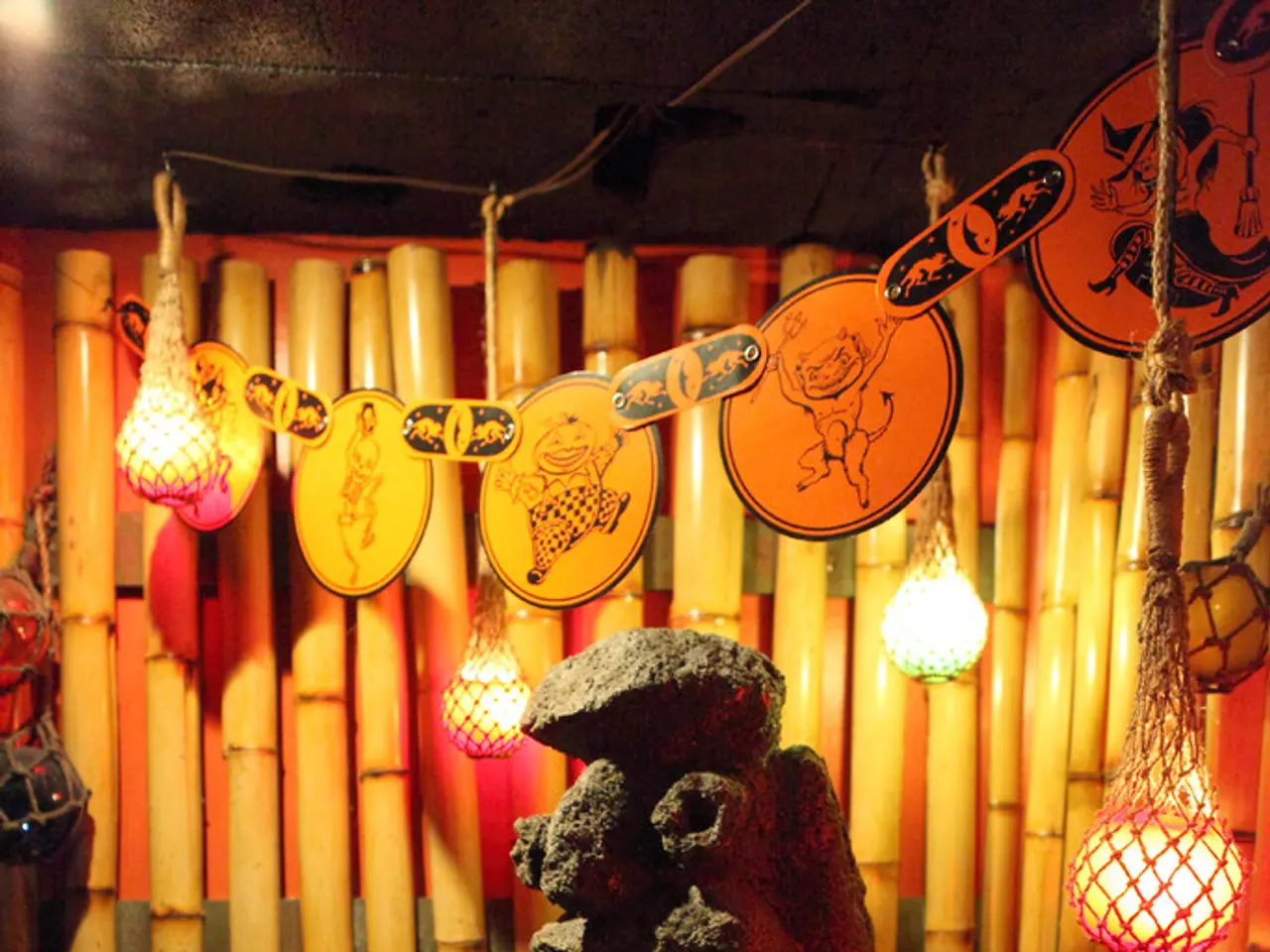Revitalizing our connection with water through artistic ceremonial endeavors, as per the Bindu design project.
==========================================================================
In a world where water scarcity is becoming increasingly prevalent, designer Akhil Krishnan's Bindu project offers a unique and thought-provoking solution. The project, inspired by Sanskrit cosmology where "Bindu" means droplet or origin point, aims to rethink everyday water rituals and promote sustainability and ecological awareness.
The Bindu project comprises three eco-friendly water-saving objects: Pāvita, Kalasha, and Sanchaya.
Pāvita, a reinterpretation of dishwashing, uses natural corks instead of water and chemicals, creating a sustainable method that respects water resources and raises ecological consciousness. By repurposing used wine corks as a dry-cleaning medium, Pāvita challenges traditional dishwashing practices and encourages a more sustainable approach.
Sanchaya, another innovative object, captures vapor during cooking and redirects this evaporated water back into a ceramic container. This design serves as a reminder of water waste and reclamation, urging users to reconsider their consumption habits.
Kalasha, a vessel designed for the reuse of greywater, inspires more mindful water consumption practices through its form and function. As a greywater vessel and wash bowl, it allows for the reclamation and reuse of water for non-potable tasks, encouraging measured use, ecological care, and frugality in water consumption. Kalasha is inspired by traditional Indian water vessels, designed for modern kitchens with a terracotta and charcoal filter.
The Bindu design process integrates Indigenous water-use traditions with contemporary contexts, aiming to reduce synthetic materials and excessive water consumption. By blending barefoot design thinking, Indigenous wisdom, and poetic ritual, Bindu challenges Western anthropocentrism and fosters a deeper, more respectful relationship with water as a living entity.
Through sensory and reflective qualities, these objects serve as interventions urging users to slow down, honour water, and reconsider consumption habits. They reconnect everyday actions with ecological responsibility, making water consumption visible and reminding users that water is the substance of life and death.
In essence, the Bindu design project invites a mindful relationship with water, encouraging us to view it as a living entity rather than a mere utility. By disrupting routine habits and inviting a deeper and more sustainable relationship with water, Bindu offers a refreshing perspective on our relationship with this vital resource.
- The home-and-garden implements designed by Akhil Krishnan's Bindu project, such as Pāvita, Sanchaya, and Kalasha, aim to promote not only sustainable living but also a lifestyle that takes into account the importance of water conservation.
- In light of escalating water scarcity, the concepts of tools like Pāvita, Sanchaya, and Kalasha, which are part of the Bindu project, strive to raise ecological awareness in home-and-garden events, fostering a culture of sustainable living and water-saving practices.




